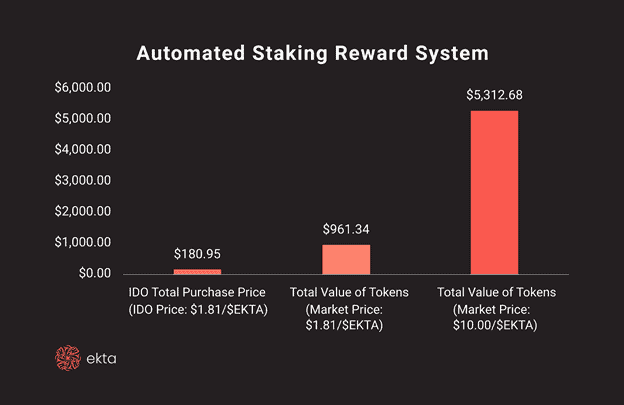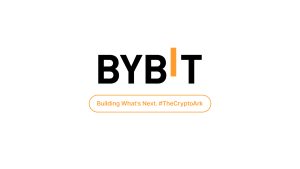[Featured Content]
The emergence of bitcoin over a decade ago and the entire cryptocurrency and blockchain industry later on created vast opportunities for a decentralized space to thrive virtually. While that has merits of its own, human beings are still physical creatures requiring physical necessities as well.
This separation by the digital and physical world has provided gaps, but this is where protocols like Ekta have emerged, intending to close those divides. Ekta aims to combine the best of both worlds by eliminating centralized governance systems and bridging people, businesses, and industries.
What Is Ekta?
Headquartered in Bali, Indonesia, Ekta prides itself with a name coming from Sanskrit – meaning unity, identity, and integrity. It’s also one of the first cross-chain blockchain protocols attempting to merge the physical and the on-chain worlds to compound the benefits from both. To do so, its product line will eventually consist of a wide range of platforms allowing the two different realities to co-exist and thrive together.
For instance, Ekta’s own non-fungible token (NFT) platform and marketplace allow the creation of digital analogs from physical assets. Upon the launch of the trading and exchange venue for NFTs, users will be able to trade and share physical assets represented in a digital format on a blockchain-based cross-platform ecosystem.
Ekta promised that the non-fungible tokens on its system will represent ownership, fractional ownership, or use of land. It plans to begin this process in Southeast Asia. The end-products could range from resorts to marina usages, while Ekta intends to extend the functionality to real estate and utilities later on.
The project will work with communities in Indonesia at first to onboard them on its blockchain platform. Those who are willing to play ball and be a part of Ekta’s revolutionary plans will be incentivized through a staking reward system.
Ekta Token and Ekta Chain
Subsequently to the initial decentralized offering (IDO), which has been updated to take place on August 21st, Ekta will release 15% of its EKTA token. The remaining 85% will gradually reach the market in the following years as staking rewards.
Investors will be able to stake the coins through the dApp, which is accessible through the project’s website. Once they have connected their wallets, they can deposit the amount they wish to stake onto Ekta’s mainnet.
The EKTA token will power the project’s decentralized, efficient, and energy-saving cross-chain mainnet – Ekta Chain.
This core product operates on the Ekta proof of stake consensus mechanism, uses solidity for development, and is 100% compatible with the Ethereum network. EPoS should reduce the transaction costs to a minimum, provide little-to-no delays, and increase the transaction concurrency as it supports up to 21 validators. This algorithm works like a combination between proof of activity (PoA) and proof of stake (PoS).
One of the chain’s goals is to connect profit with purpose through two notable functions:
- Make real-world resources such as natural capital and property more accessible through tokenization and non-fungible tokens (NFTs).
- Connect entrepreneurs, retail participants, and everyday people with instant and secure access to resources through decentralized systems that we’ve already developed and will be developing in the future.
After the mainnet sees the light of day, for a certain period validator elections will be launched and validator re-elections will be conducted in fixed time cycles. The only determining factor of the result is whether the participant’s amount of token staked is in the top 21.






















